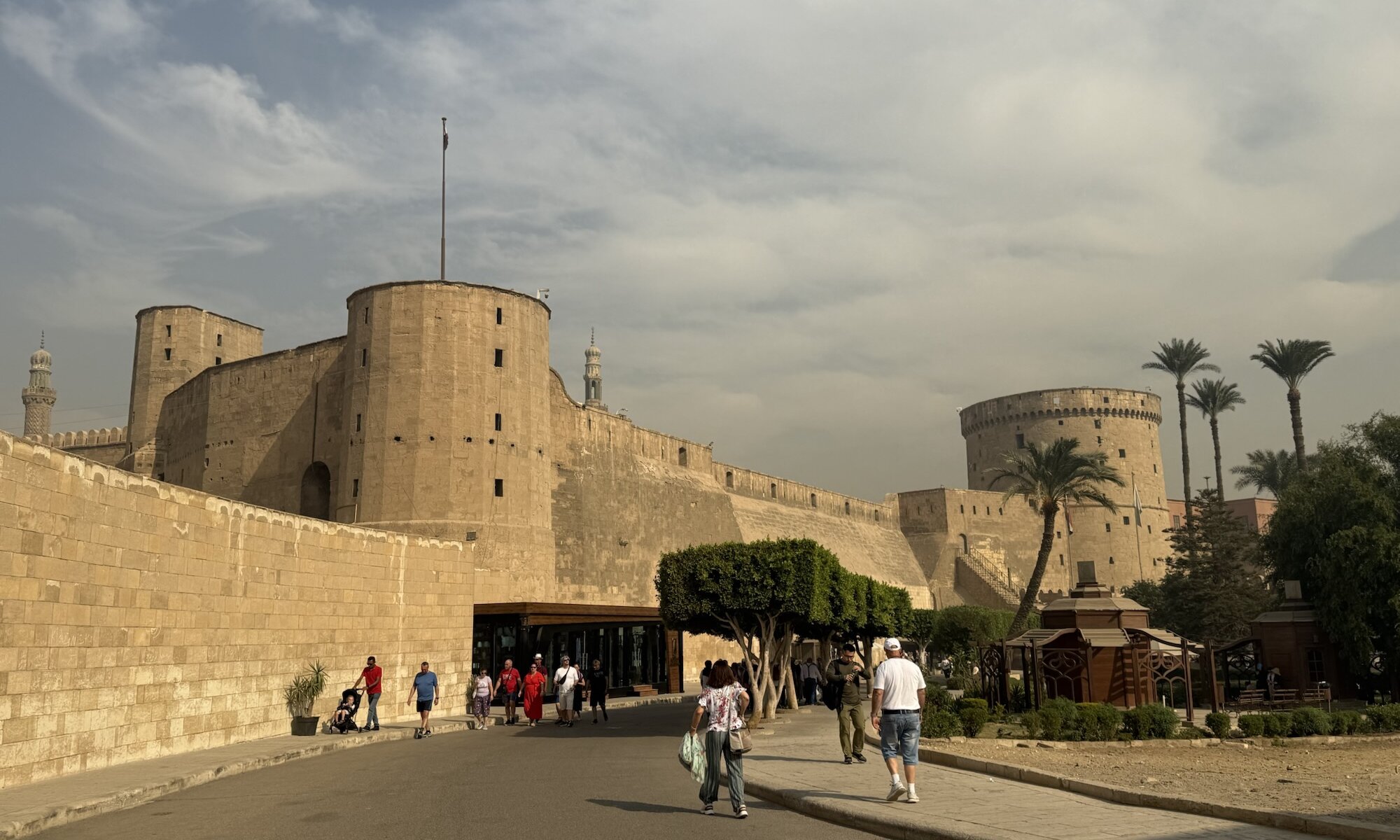Perched atop the Muqattam Hills, the Citadel of Saladin in القاهرة is a formidable structure built in the late twelfth century as a bastion against Crusader invasions. Its founder, Sultan Salah al-Din – better known in the West as Saladin – sought to protect both the city of القاهرة and his newly established Ayyubid regime by constructing a military stronghold. The citadel’s elevated location offers commanding views over the city, a feature that ensured its status as the political and military heart of Egypt for centuries. Its robust walls and strategic placement enabled successive rulers to exert control over القاهرة and respond effectively to threats from outside the city’s boundaries.
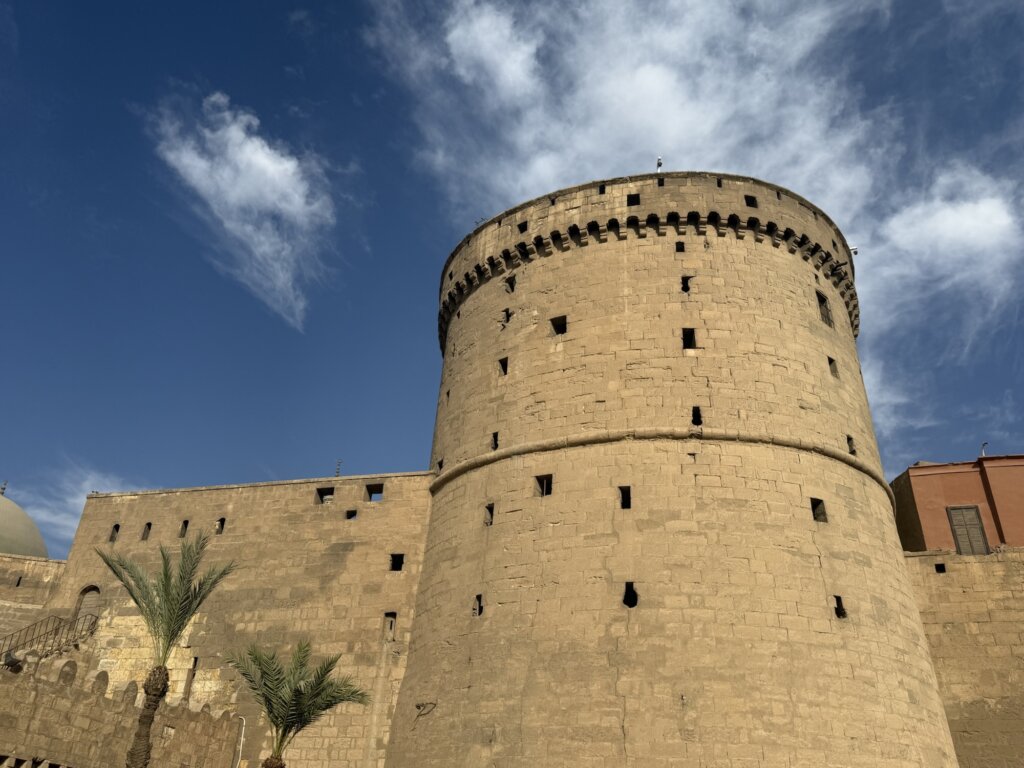
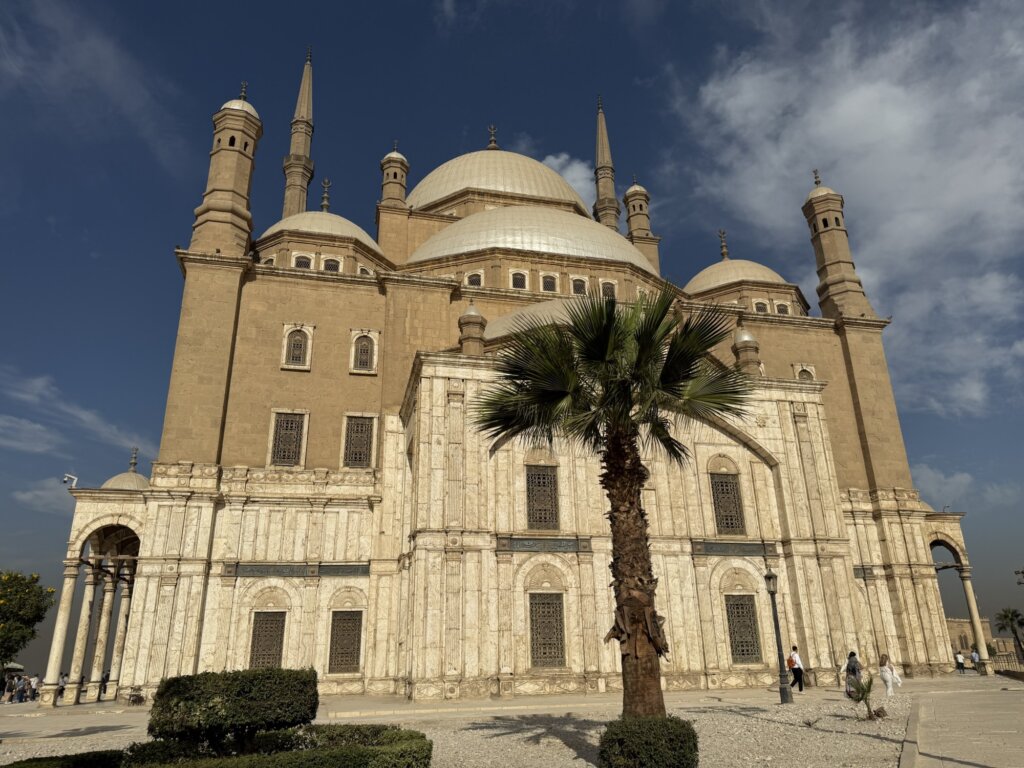
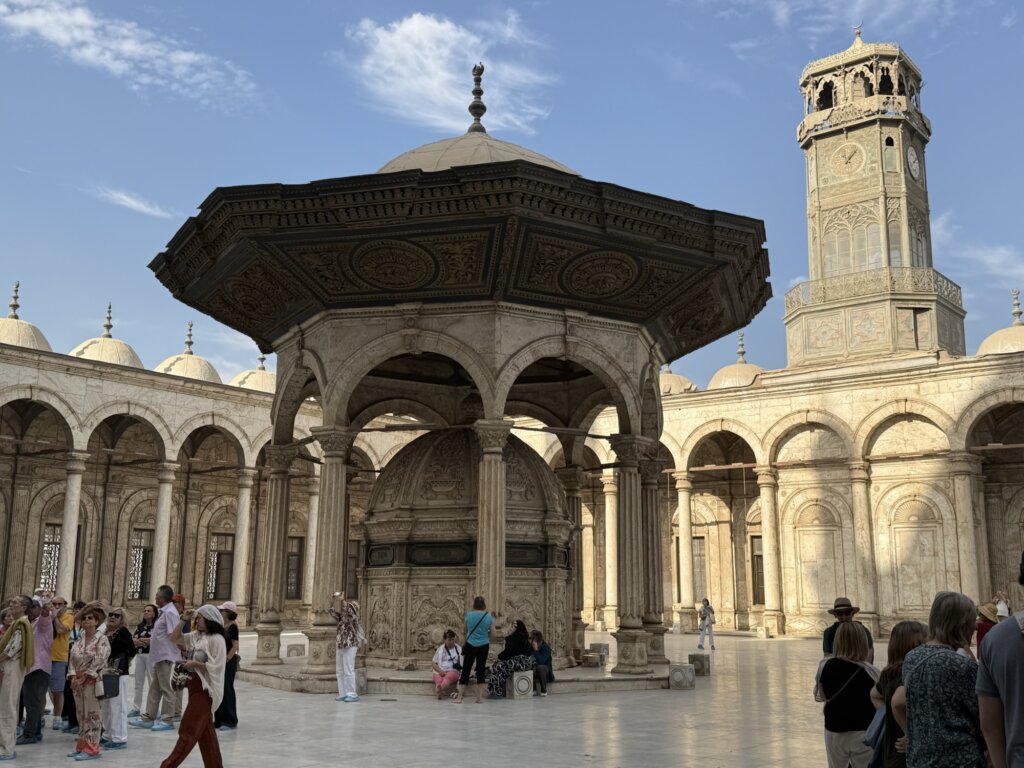
Within the sprawling complex, visitors today are met with a vibrant tapestry of architectural and historic treasures, reflecting the shifts in power over the centuries. The original citadel was completed under Saladin’s successors and expanded during the Mamluk and Ottoman periods. As Egypt’s seat of government and residence for centuries, it is now an open-air museum, housing a collection of sites such as the mosque of Sultan al-Nasir Muhammad, the Ottoman-era Sulayman Pasha Mosque, military and police museums, and the luxurious Al-Jawhara Palace. The intricate blend of medieval fortifications, palace courts, and religious buildings tells the evolving story of Egypt’s rulers and dynasties.
Towering above all else, both literally and figuratively, is the Mosque of Muhammad Ali, whose alabaster-clad façade and twin minarets dominate القاهرة ’s skyline. Constructed in the nineteenth century under the direction of Muhammad Ali Pasha, this mosque served both as a symbol of his authority and as a site of personal devotion. Distinct for its grandeur and elegance, its interior is adorned with large chandeliers, marble inlays, and richly coloured stained glass. The tomb of Muhammad Ali himself is situated within, lending the structure added significance as a dynastic mausoleum as well as a place of worship.

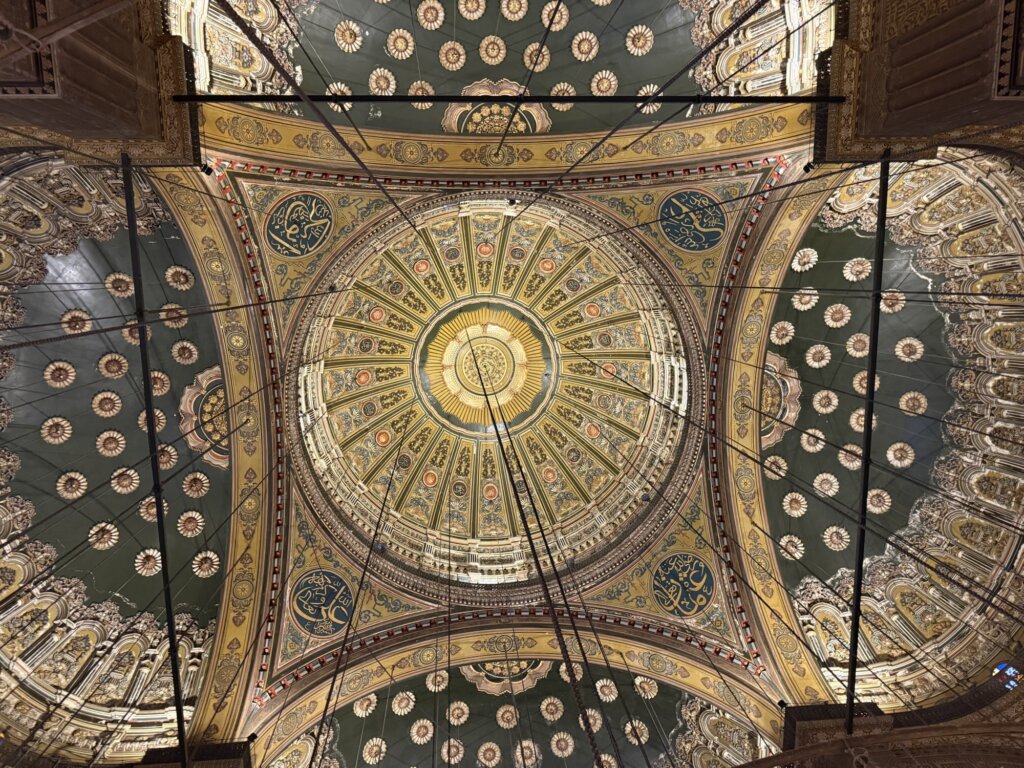
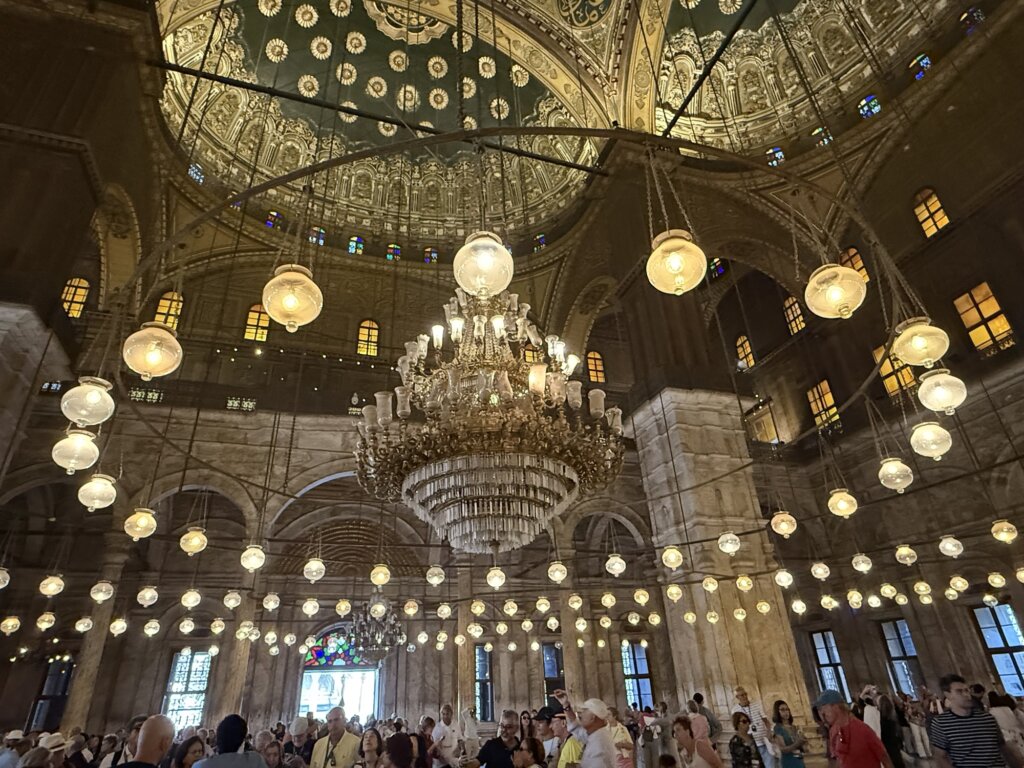
What truly sets the Mosque of Muhammad Ali apart is its architectural homage to the Ottoman tradition, most notably its inspiration drawn from the famed Blue Mosque of Istanbul. The vast central dome, rising above a spacious prayer hall, and the presence of slender, soaring minarets are reminiscent of the classical Ottoman style. The use of alabaster panels sourced from Upper Egypt for its exterior further reinforces its unique aesthetic. In this way, the mosque not only signifies Muhammad Ali’s ambition to elevate القاهرة architecturally but also visually connects Egypt with greater Islamic and Ottoman artistic heritage, forging a link between القاهرة’s skyline and that of Istanbul.
Salah ad-Din
Salah ad-Din, commonly known in Europe as Saladin, emerged as one of the most distinguished leaders of the medieval Islamic world. Born in Tikrit, in present-day Iraq, in 1137, he rose to prominence initially through military service under the Zengid dynasty before establishing the Ayyubid dynasty himself. As vizier of Egypt from 1169, he abolished the Fatimid Caliphate, reinstated Sunni rule, and subsequently extended his authority over Syria, Yemen, and large areas of Mesopotamia, unifying a diverse region that had long been split by rival factions and sectarian divisions. His strategic acumen and political savvy enabled him to consolidate power and lay the foundations for an era of stability across his empire.
Saladin is most renowned for his campaigns against the Crusaders and, especially, for recapturing Jerusalem in 1187 following his decisive victory at the Battle of Hattin. Unlike the earlier Crusader conquest, celebrated by Latin Christendom for its ferocity, Saladin’s entry into Jerusalem was marked by magnanimity and mercy. He offered safe passage to Christian residents and permitted many to leave under negotiated terms. His leadership not only drove the Christian kingdoms of the Levant into retreat but also spurred the launch of the Third Crusade. Beyond military exploits, he invested in fortifications and charitable works, such as the construction of القاهرة’s citadel, and promoted religious education through madrasas.
In the West, Saladin quickly became a figure of fascination and even admiration among his Christian adversaries. Medieval chroniclers and poets alike praised his chivalry, honour, and justice, drawing a stark contrast with the brutality exhibited by earlier Crusader leaders. Tales of his generosity, such as sending his physician to treat the wounded King Richard the Lionheart, entered European legend. This remarkable reputation cemented his legacy not only as a formidable foe but as a paragon of knightly virtue, admired for his nobility and fairness even beyond the boundaries of his faith.
Muhammad Ali Pascha
Muhammad Ali Pascha, born in 1769 in what is now North Macedonia, seized power in Egypt during a tumultuous period marked by foreign invasions and internal strife. Initially arriving with the Ottoman forces, he skilfully consolidated power amid competing interests of the Mamluks, Ottomans, and local elites. By 1805, he had established himself as the Ottoman viceroy of Egypt, manoeuvring through both military acumen and strategic alliances. His authority was cemented following the ruthless elimination of the Mamluk leadership, most notoriously in the citadel massacre, enabling him to embark on a programme of sweeping reforms.
Among his most enduring achievements was the transformation of Egypt’s military, administration, and economy. Muhammad Ali introduced modern schools to train specialists, conscripted a national army from the peasantry, and reorganised the state apparatus. He launched an ambitious expansion of Egypt’s territory into Sudan and the Levant, seeking to carve out an autonomous empire. Pivotal too was his focus on agricultural and industrial development, introducing cotton cultivation as a major cash crop and overhauling Egypt’s irrigation infrastructure, which became vital for the country’s prosperity and set foundations for future economic growth.
The legacy of Muhammad Ali Pascha in Egypt remains complex and ambivalent. He is often referred to as the ‘Father of Modern Egypt’ for his role in shaping the country’s modern institutions and economic framework, and some Egyptians celebrate his vision and drive. However, his Albanian descent and the autocratic nature of his rule create a sense of detachment, with some viewing him as an effective but foreign dictator. While his reforms brought notable progress, many of his methods were seen as brutal, particularly the forced conscription and displacement of peasants. Over time, the dynasty he founded became embroiled with European influence, which later contributed to British colonisation, affecting how Egyptians perceive his legacy today.
قلعة صلاح الدين
Citadel of Saladin
مسجد محمد علي
Muhammad Ali Mosque
القاهرة
Egypt
Loading map...


